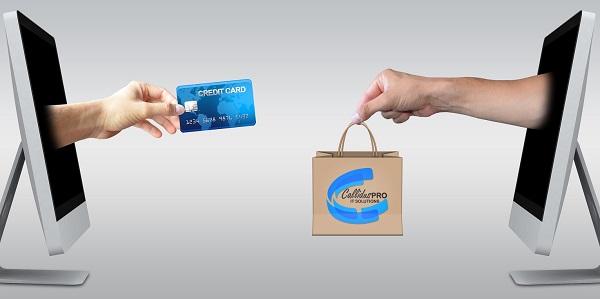What is the most important thing for the success of an online store?
Are there specific answers to this question?
Let’s talk a little bit about them. These are the 3 guidelines that we propose to start making more sales on your commerce.
1. Optimize the product page like a landing page
A landing page is a page specially designed to convert (i.e. where the user actually makes a purchase, or subscribe to your newsletter, etc.) when it lands on it after a click from another site.
Since the mission of the product page is to get conversions, I have no doubt in giving you this advice: design your product pages as if they were “landing pages” and not as a catalog sheet.
OmniviewTech.ca is the perfect example. On the product pages, we can see beautiful images, nice design, attractive buttons, proper description with videos and everything it is necessary to invite users to buy.
The product page must be able to do all the sales work on its own. The landing approach also includes an obsessive study of user behavior when visiting product pages.
Make sure you try different options to get a product page that actually sells. It has been shown that small changes, such as changing the position, color and size of the “Buy” button can have significant effects on the conversion rate of a product page.
To strictly comply with a real landing approach, you should also consider the following: under no concept should you include unnecessary stimuli that throw the user off the product or cart page.
Imagine that you have a customer in a department store lined up to pay, would you take it away from the queue and remove the product of their hands to show them something else? If in the physical world this would be a mistake, in a virtual environment it is even more serious. Remember: with regard to e-commerce, you are always one click away from losing a sale.

2. Improve the loading speed
Many studies show different data, but everyone agrees that loading times have a direct and decisive impact on sales. 1 second of delay in a page’s charge response can result in a 7% reduction in conversions.
According to other studies, despite the broadband connections and better technology available today, we can say that: 11% of cart dropouts are due to slow website (see: Shopping Cart Abandonment Rate Statistics).
Can you imagine what could happen with a 6 second wait while loading a product page or cart? In large ecommerce sites can be translated into millions of dollars lost. In your company, we can talk about the difference between survival and failure.
On average, each new visit only grants you between 7 and 10 seconds before deciding if it is in the right place or if it leaves your website, perhaps to never return.
Have you considered how your customer consumes this time? How long should you wait? What is the first thing you see? And then the most important thing: does the customer have time to get a first idea of what you want to convey?
Never forget that: it’s not just about making your site load fast, but also communicating quickly.
Perhaps now you understand why the biggest ecommerce stores tend to use a clean and minimalist design like you can see at RentalCity.ca. My suggestion is to give all the attention to the product and give up the superfluous.
3. Optimize your site for search engines and people
You heard a lot about the importance of SEO, but do you act accordingly?
A very usefulthing you can do to help your customers find their way within your ecommerce is to create breadcrumbs, which is a type of secondary navigation scheme that reveals the user’s location, exactly as you can see at https://www.tenpointcrossbows.com/links/5/where-to-buy/
Also, here is a list of other things you need to consider:
- Google webmaster tools
- Sitemap
- File Robots
- Long Tail Strategy
- “Local” Focus
- Title optimization
- Optimization of descriptions
- Optimization of URLs
- Image tagging
- Dissemination on Social Networks
And the most important of all: the Content!
Good luck with your ecommerce!


